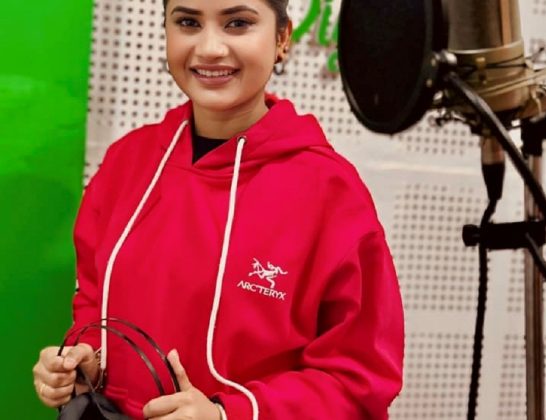Rituals associated with Chhath commence today
Kathmandu : The rituals associated with the Chhath festival commence today.

Chhath is primarily dedicated to the “Sun God” and serves as both a cultural and religious celebration, emphasizing humanity’s gratitude toward nature. The Sun is especially revered through various rituals and diverse offerings.
The main rituals, observed over a period of four days, include arba-arbain, kharana, and the offerings of argha to both the setting and rising sun.
Today, devotees are observing the arba-arbain ritual, also known as nahaya-khaya. On this day, devotees begin their fast, abstaining from meat, fish, onions, garlic, millet, and yellow lentils.
They take holy dips in ponds and rivers early in the morning before commencing their fast. On the second day, Panchami, the kharana ritual is observed, signifying the ‘dilution of sins.’
The area where the Chhath rituals take place is smeared with a mixture of cow dung and water. A paste made from Arba rice flour and holy water is sprinkled over the site, and the altar for the rituals is consecrated.
Devotees observe a strict fast on this day, even refraining from drinking water. They offer payas (rice pudding) to the moon after moonrise and partake in this offering.
The third day, Shasthi, involves the preparation of various delicacies made from rice and wheat flour, ground using traditional grinders (okhal, jaanto, or dhiki). Family members gather at the designated water body, whether a pond or riverbank, carrying an assortment of offerings while singing devotional and folk songs.
These offerings include treats like thakuwa, bhusawa, khajuri, and perukiya; fruits such as coconut, oranges, bananas, and citrus fruits; as well as items like nanglo, koniya, saraba, dhakan, and terracotta elephant idols, all carried in a large basket.
Before placing the offerings on the bank of the water body, devotees prostrate five times before the chosen spot.
Family members draw ‘aripan’ sketches according to tantric methods to sanctify the area. Devotees then step into the water to worship the setting sun with their offerings.
The final day, or fourth day of the Chhath festival, is marked by parvan rituals. Devotees return to the bank of the pond or river early in the morning to the specially anointed area and repeat the previous evening’s rituals, offering argha to the rising sun.
After completing the argha offerings, devotees listen to the priests chant from the Surya Purana scripture and recount stories related to Chhath fasting.
Chhath is a unique festival that celebrates the tradition of sun worship, honoring both the rising and setting sun with various offerings. According to oriental philosophy, human civilization flourished along riverbanks, with the sun and water regarded as essential elements of life.
The Chhath festival honors these five fundamental elements, with sun worship as its central theme, embodying messages of goodwill, unity, and coexistence. The sun is fundamental to life, nature, and the cosmos.
This festival not only celebrates the life-sustaining energy of the sun and the Chhathi goddess, but also symbolizes respect for the natural process of life’s creation on Earth.
The sun is revered as a deity of health and prosperity, and the fasting observed during this festival is considered among the most rigorous.
Originally celebrated only in the Mithilanchal region, the Chhath festival has expanded to hilly areas and other regions, gaining popularity within Nepali society today.












Comments